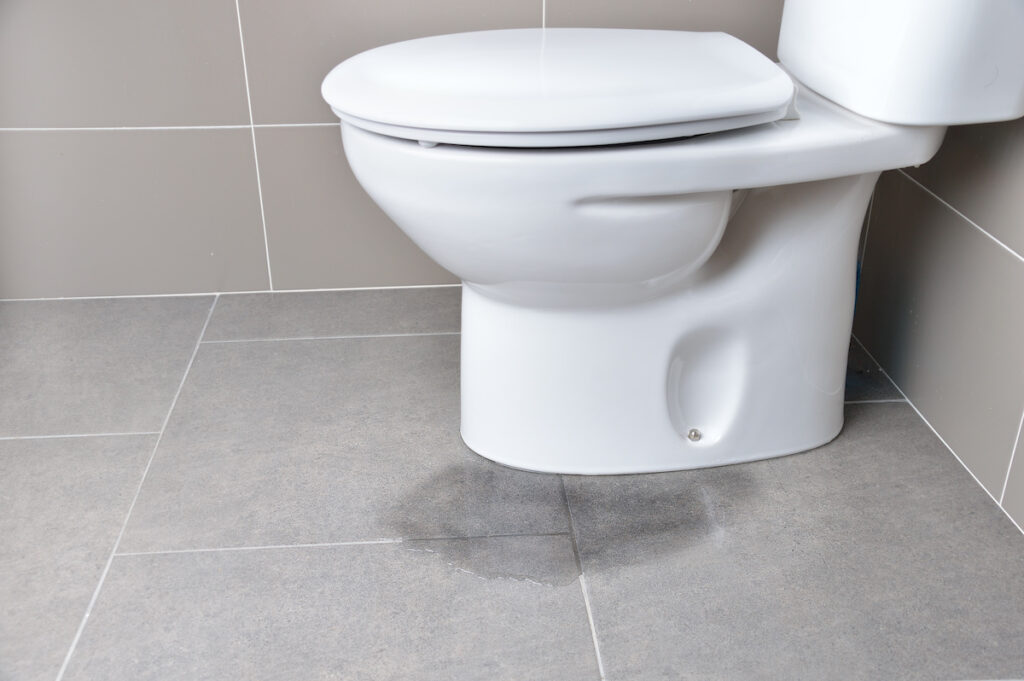Almost everyone has his or her own assumption involving Common Causes of Water Damage in a Bathroom.

The bathroom is incredibly at risk for moist build-up and also potential water damage as a result of the constant use of water in it. This post supplies simple assessment strategies to help spotting water damages threats.
The frequent use of water in the shower room makes it exceptionally vulnerable for damp build-up and also possible water damage. By examining it frequently, you can minimize water relevant problems.
The following set of evaluations is simple to perform and ought to be done when in every 3 months in order to maintain your washroom in good shape and to prevent prospective water damages triggered by the tub, the shower, pipeline joints and also plumbing, sinks, closets, and also the toilet
Do not neglect performing these evaluations as well as be extensive while doing them. Bear in mind that these basic assessments can conserve you a great deal of cash by supplying very early indicators for water damages
Sinks as well as Cabinets
Sinks and also closets are revealed to dampness and also moisture everyday as well as are typically ignored. Check on a regular basis under the sink as well as on the counter top above it. Repair any drip in the catch as it might recommend drainpipe issues. Take a look around the sink, slow draining pipes might show an obstructed drain. Replace sink seals if they are cracked or loosened.
Bath tub and also Shower
The shower as well as tub require special focus as well as maintenance. Check the tiles and also change if broken. Ensure that there is no missing cement in between the tiles. Inspect and also change broken caulking at joints where the walls fulfill the flooring or the bath tub. Blocked drains and pipelines issues will protect against the tub from drying and might suggest serious troubles underneath the bathtub. Seek advice from an expert right away to prevent architectural damage. Pay attention to stainings or soft areas around the bath tub wall surfaces as they may show an interior leakage.
Plumbing
Signs for water damages are hard to find because the majority of pipelines are installed inside the wall surfaces.
Pay special focus to flooring and also walls dampness as well as stains as they might indicate an undetectable plumbing problem. Inspect moisture degrees in adjoining spaces as well.
The Bathroom
The toilet is a prone water junction. Inspect the water lines and look for leaks around the bathroom seat, in the hose, as well as under the water container. If you discover any kind of indications of dampness on the floor around the commode, check for leakages in the toilet edge as well as container seals.
Be aware that hanging bathroom bowl deodorants raises the chances for blockages.
Water Damage Signs In The Bathroom To Avoid Cleanup
Musty smell
This is one of the easiest signs to catch because musty smells are so odorous. The damp, earthy, moldy smell should be a big red flag. The smell will develop when moisture gets trapped in surfaces, and begins to facilitate mold growth. Leaking pipes under cabinets, inside walls, and behind shower fixtures will cause moisture to stay trapped and not dry, which will lead to mold growth and spread. As soon as you notice any musty smells in your bathroom, have it checked for hidden water damage and cleanup signs.
Visible mold
If the smell isn’t there to give it away, sometimes you will actually see mold growth. Finding mold in your bathroom is a serious problem, because mold is very harmful to your health. By the time mold growth is visible, it also means that water damage has already occurred and been present for some time. The only way the mold problem can be resolved is to find the source of the moisture and get it stopped. To safely and adequately remove mold, you need to have professionals handle the remediation. Do not waste any time in getting mold problems addressed, fixed, and sanitized so that you can protect you and your family from the many respiratory symptoms caused by mold exposure.
Damaged floors
Bathroom floors should be able to withstand some exposure to water while still remaining in good condition. However, when excess exposure or water leaks occur, they will begin to damage even the most water-resistant flooring. If you notice any cracking, bubbling, staining, or warping on your bathroom floors, there is probably a water leak somewhere causing the distortion. If you notice areas of the floor have become softer, or even have a spongy feeling, there is probably damage to the subfloor. Subflooring is typically made up of plywood. When plywood is exposed to water or moisture, it will absorb it. Once it has become saturated, the weight of the excess water will cause the wood to swell and soften. Check the floors in your bathroom frequently to catch any of these sings before they lead to damaged subflooring.
Changes on walls
When water leaks behind walls, it will cause changes in the drywall. Peeling plaster, blistering paint, and soggy wallpaper are all good indicators that excess water is building up behind the wall. Water leaking behind drywall will cause it to swell and be soft to the tough. If you start to notice gaps along the trim of your walls, or where tile meets the wall, it could also be a strong indicator that there is a leak behind the wall. Any changes, distortion, or damage on the walls should be evaluated as soon as you notice it to prevent further water damage and cleanup.

We hope you enjoyed reading our section about How to Prevent Bathroom Water Damage. Thank you for spending some time to browse our blog post. For those who enjoyed our article kindly remember to share it. Thank you for your time. Visit us again soon.
Schedule Appointment